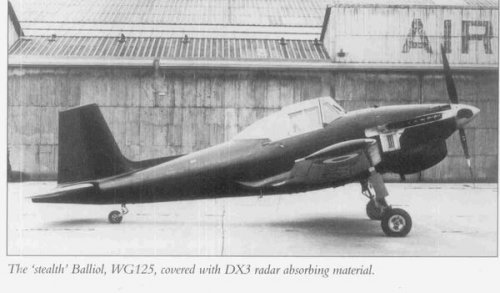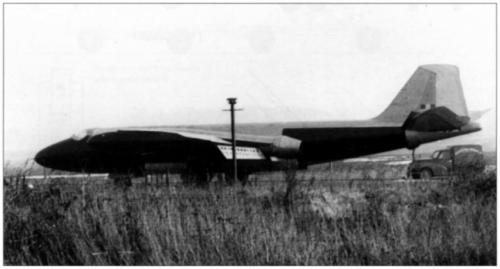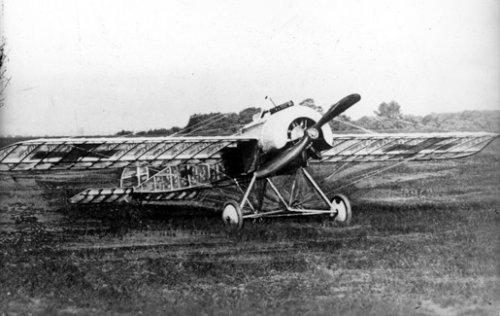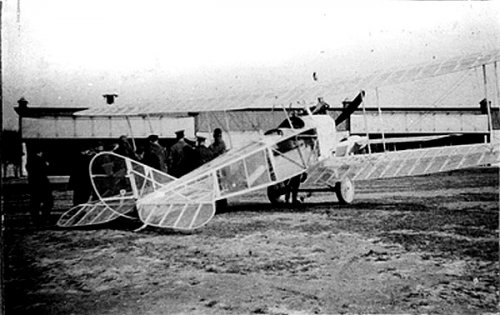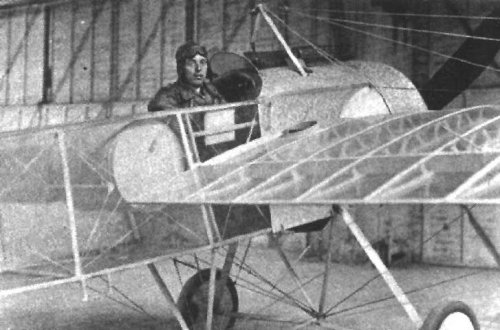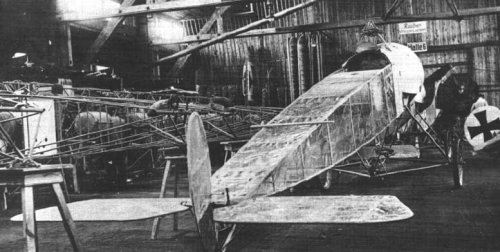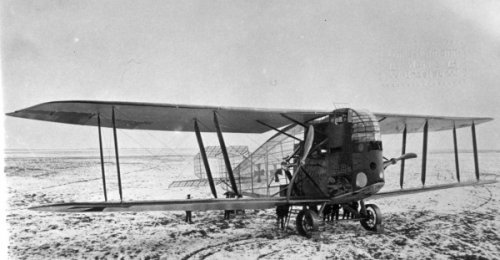- Joined
- 11 March 2006
- Messages
- 8,626
- Reaction score
- 3,810
When I browsed through Alec Brews "Boulton Paul Aircraft", I realised, that one of
the first "stealth" aircraft, wasn't any kind of weird type, but a good old Balliol, covered
with radar absorbing DX3 material. Later a Canberra was modified, too, using the same
coating and IR suppression, but no photos are included in this book.
Probably there were such experiments by other companies, too, during the late 50's ?
the first "stealth" aircraft, wasn't any kind of weird type, but a good old Balliol, covered
with radar absorbing DX3 material. Later a Canberra was modified, too, using the same
coating and IR suppression, but no photos are included in this book.
Probably there were such experiments by other companies, too, during the late 50's ?

